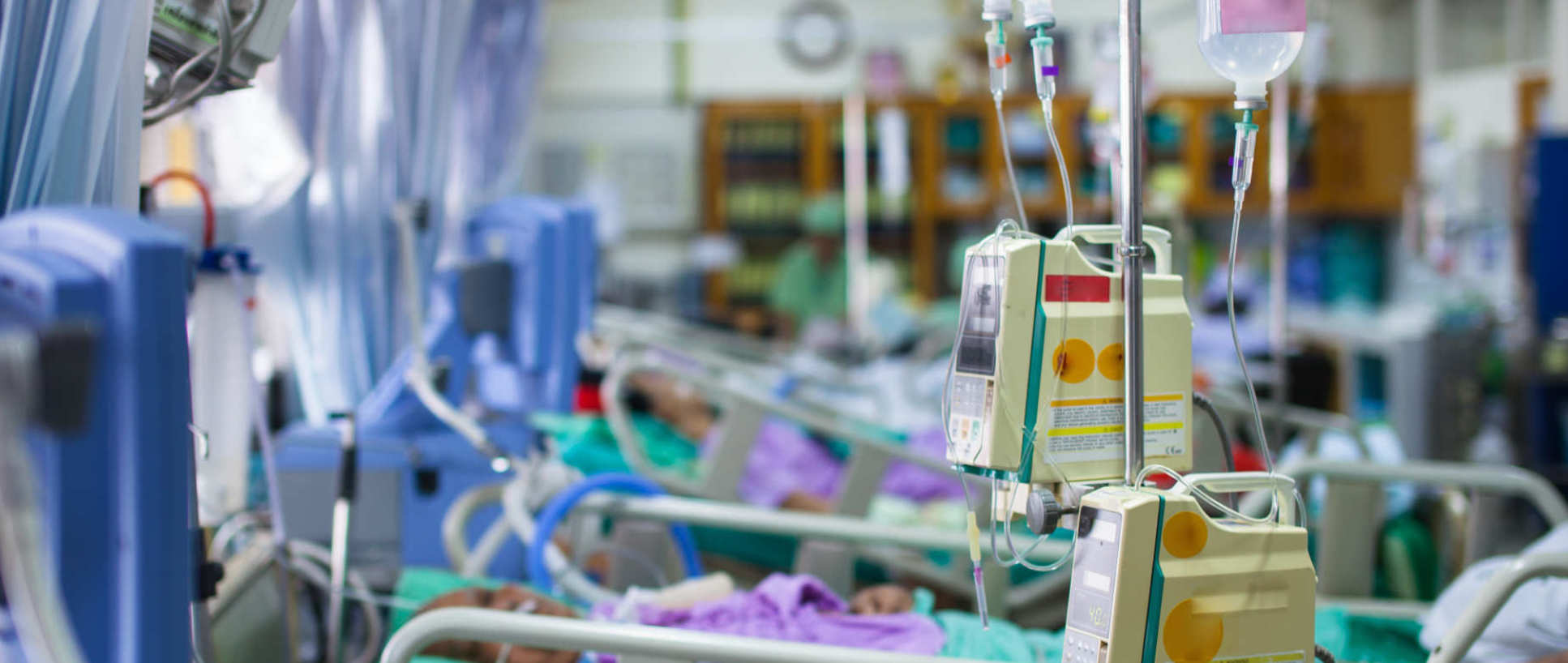BibTex format
@article{O'Dea:2016:10.1371/journal.pone.0167801,
author = {O'Dea, KP and Porter, J and TIrlapur, N and Katbeh, U and Singh, S and Handy, JM and Takata, M},
doi = {10.1371/journal.pone.0167801},
journal = {PLOS One},
title = {Circulating microvesicles are elevated acutely following major burns injury and associated with clinical severity},
url = {http://dx.doi.org/10.1371/journal.pone.0167801},
volume = {11},
year = {2016}
}
RIS format (EndNote, RefMan)
TY - JOUR
AB - Microvesicles are cell-derived signaling particles emerging as important mediators and biomarkers of systemic inflammation, but their production in severe burn injury patients has not been described. In this pilot investigation, we measured circulating microvesicle levels following severe burns, with severe sepsis patients as a comparator group.We hypothesized that levels of circulating vascular cell-derived microvesicles are elevated acutely following burns injury, mirroring clinical severity due to the early onset and prevalence of systemic inflammatory response syndrome (SIRS) in these patients. Blood samples were obtained from patients with moderate to severe thermal injury burns, with severe sepsis, and from healthy volunteers. Circulating microvesicles derived from total leukocytes, granulocytes, monocytes, and endothelial cells were quantified in plasma by flow cytometry.All circulating microvesicle subpopulations were elevated in burns patients on day of admission (day 0) compared to healthy volunteers (leukocyte-microvesicles: 3.5-fold, p=0.005; granulocyte-microvesicles: 12.8-fold, p<0.0001; monocyte-microvesicles: 20.4-fold, p<0.0001; endothelial- microvesicles: 9.6-fold, p=0.01), but decreased significantly by day 2. Microvesicle levels were increased with severe sepsis, but less consistently between patients. Leukocyte- and granulocyte-derived microvesicles on day 0 correlated with clinical assessment scores and were higher in burns ICU non-survivors compared to survivors (leukocyte MVs 4.6 fold, p=0.002; granulocyte MVs 4.8 fold, p=0.003). Mortality prediction analysis of area under receiver operating characteristic curve was 0.92 (p=0.01) for total leukocyte microvesicles and 0.85 (p=0.04) for granulocyte microvesicles. These findings demonstrate, for the first t
AU - O'Dea,KP
AU - Porter,J
AU - TIrlapur,N
AU - Katbeh,U
AU - Singh,S
AU - Handy,JM
AU - Takata,M
DO - 10.1371/journal.pone.0167801
PY - 2016///
SN - 1932-6203
TI - Circulating microvesicles are elevated acutely following major burns injury and associated with clinical severity
T2 - PLOS One
UR - http://dx.doi.org/10.1371/journal.pone.0167801
UR - http://hdl.handle.net/10044/1/42847
VL - 11
ER -
 Critical care involves the care of the sickest patients in the hospital. Critically ill patients have usually been through a significant insult to their body (such as trauma, infection, burn) and have developed organ failure and require life-support. Critical Care is the largest theme bringing together clinicians and scientists from diverse backgrounds and includes collaborative research from hospitals throughout north-west London. Investigations range from evaluating biological mechanisms of organ failure through to the development of innovative technologies which allow the short-term and long-term support and recovery of organs.
Critical care involves the care of the sickest patients in the hospital. Critically ill patients have usually been through a significant insult to their body (such as trauma, infection, burn) and have developed organ failure and require life-support. Critical Care is the largest theme bringing together clinicians and scientists from diverse backgrounds and includes collaborative research from hospitals throughout north-west London. Investigations range from evaluating biological mechanisms of organ failure through to the development of innovative technologies which allow the short-term and long-term support and recovery of organs.